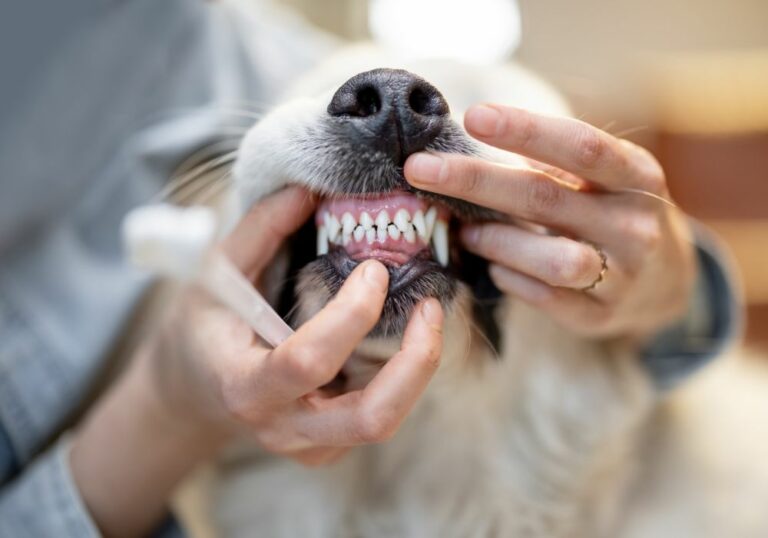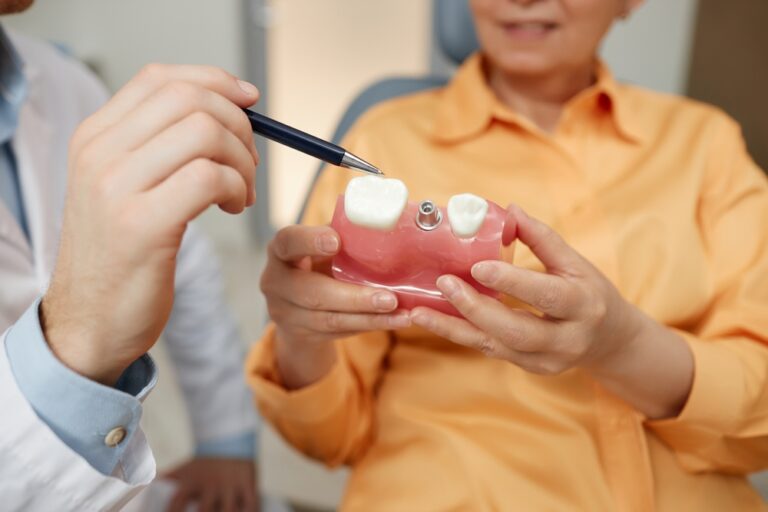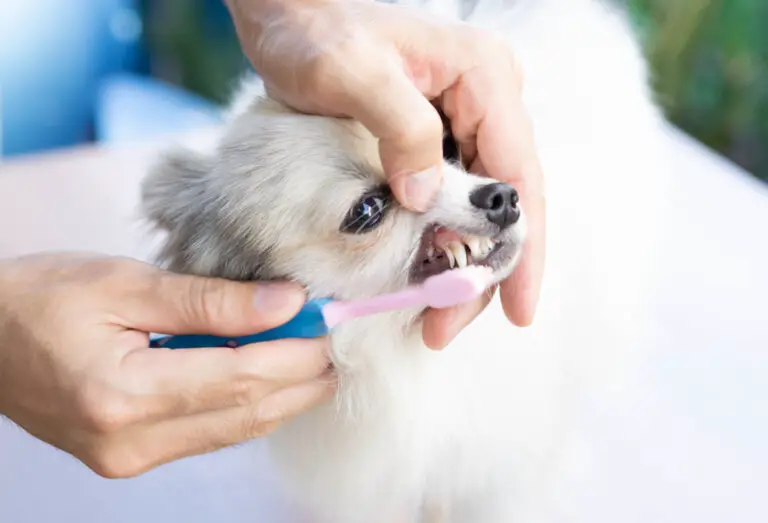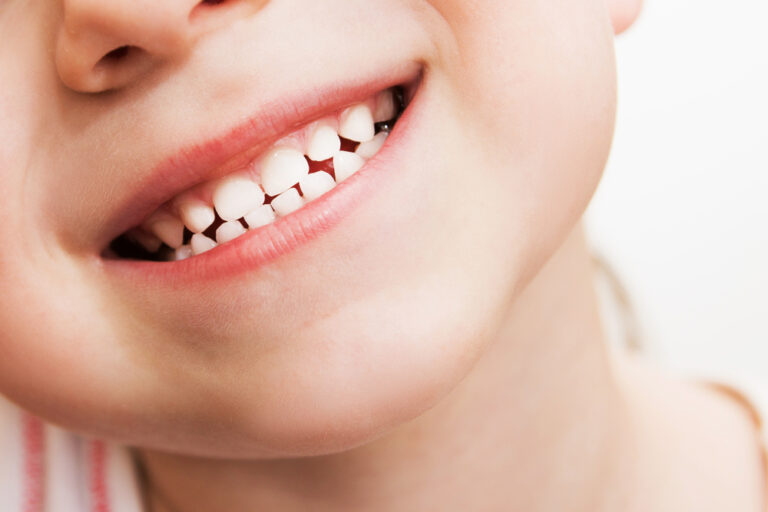Having a bright, beaming smile with pearly white teeth is an aspiring goal for many people. Who doesn’t want their smile to dazzle? Over time though, our teeth can become stained, discolored, and yellowed from food and drinks, smoking, medications, age, and other factors. This yellowing can range from slight to quite severe, making our teeth appear dull, unsightly, and unhealthy.
The good news is that for most people, it is possible to whitening yellowed teeth and restore them to a noticeably whiter shade. Depending on the cause and extent of staining and discoloration, different teeth whitening remedies and procedures may be needed. With the right treatments and good daily oral hygiene, yellow teeth can definitely become white again. This article provides an extensive look at the various causes of yellow teeth, effective methods and products for whitening teeth at home and professionally, tips for maintaining white teeth after whitening, and answers common questions on teeth whitening.
What causes yellow teeth?
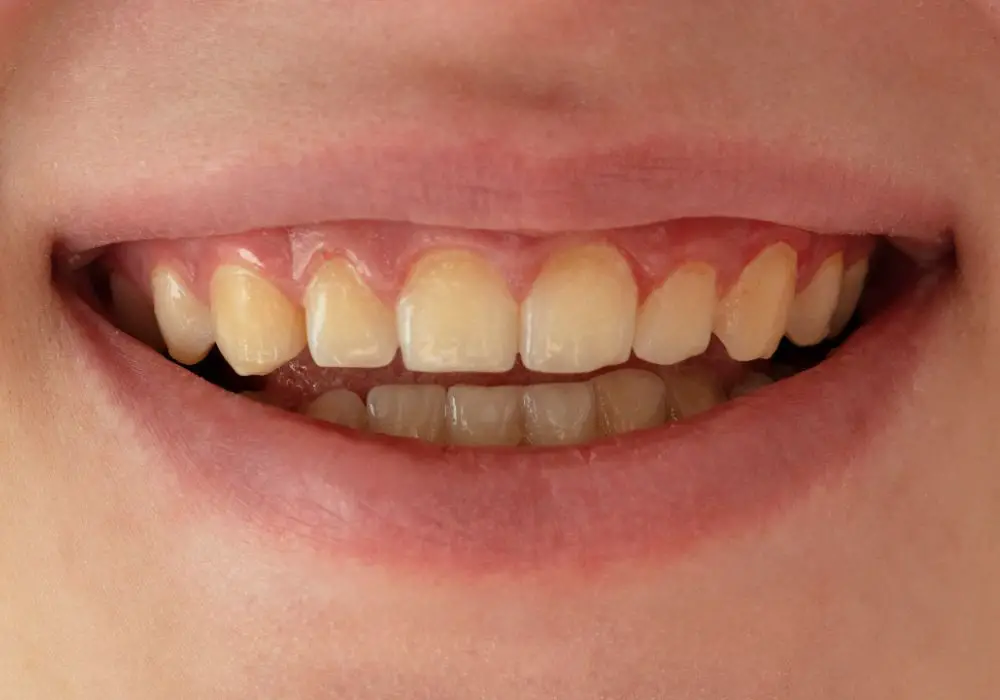
Many different factors can contribute to yellowing and discoloration of teeth over time. Understanding what is causing your teeth to become yellow is helpful in choosing the best whitening approach. Here are the most common culprits behind yellow teeth:
Food and drink stains
One of the top reasons our teeth can turn from white to yellow is staining and absorption of pigments from foods and beverages. Darkly pigmented foods and drinks are huge culprits when it comes to tooth discoloration. The enamel that protects our teeth is porous with microscopic pits and fissures that can trap stains from food particles. Some of the most staining food and drink substances include:
- Coffee and tea – Popular morning brews, coffee and black tea contain deep brown staining compounds like tannins that cling to tooth enamel. The longer these compounds remain on teeth, the deeper they can penetrate.
- Red wine – The deep purple pigments in red wine have a strong affinity for binding to proteins in saliva, then embedding into tooth enamel. White wine can also stain, just to a lesser degree.
- Colas and dark sodas – Carmel coloring added to colas and some soda drinks to give them their distinctive dark hue are quite adhesive when it comes to staining teeth.
- Berries – Fresh berries like blueberries, raspberries, blackberries, and strawberries contain dark anthocyanin pigments that can discolor teeth. Dried berries tend to be even more staining.
- Tomato based products – Sauces, juices, soups, ketchup, and other tomato products tend to stick to teeth and cause staining due to their high levels of chromogens, carotenoids, and vitamin C which are prone to oxidation.
- Curries and sauces – Curries as well as soy sauce, balsamic vinegar, and other dark brown sauces can stain and yellow teeth due to additive caramel coloring and turmeric compounds.
- Dark juices – Pomegranate, prune, and acai juices have deep, dark purple hues that can transfer to tooth surfaces. Even green juices with chlorophyll-rich greens can stain enamel.
Aside from food and drinks, a number of other factors contribute to yellowing teeth over time…
Smoking and tobacco use
Smoking causes brownish-yellow build up on teeth through the tar, nicotine, and other chemicals inhaled and absorbed into tooth enamel and dentin. The more frequently someone smokes and longer they maintain the habit, the more likely their teeth with take on a yellowish-brown tint. Pipe smoking and chewing tobacco can also seriously stain teeth.
Poor oral hygiene
Allowing plaque (a sticky film of bacteria and food particles) to accumulate on teeth day after day without thorough brushing and flossing paves the way for more yellowing to occur. As plaque sits on teeth and hardens into tartar, it can promote staining of the enamel and cause tooth decay that leads to discoloration.
Medications
Certain medications can have tooth discoloration as a side effect. The most well known is tetracycline antibiotics taken while teeth are still developing in childhood, which can permanently stain adult teeth grey, yellow, or brownish. Antihistamines, high blood pressure medications, antipsychotics, and chemotherapy drugs are other pharmaceuticals linked to potential tooth yellowing.
Fluorosis
Over-exposure to fluoride while teeth are still developing can lead to a condition called fluorosis that mottles tooth enamel with white spots and streaks or yellow to brown discoloration. Most cases of fluorosis are mild, but more severe cases are associated with delayed tooth eruption and damage to tooth buds.
Enamel thinning disorders
Disorders like amelogenisis imperfecta that affect development of the enamel can increase the yellowy appearance of teeth due to thinner, weakened enamel that allows more of the yellow-hued dentin underneath to show through.
Aging
As we get older, the enamel layer of our teeth naturally becomes thinner due to minerals leaching out over time. This thinner enamel allows the yellow shade of the dentin tissue underneath to become more apparent, making teeth look more yellow. Teeth also tend to darken and accumulate more stains as we age.
Trauma/injury
Injuries to teeth that result in enamel loss or exposure of the yellow dentin can lead to yellowed areas on individual teeth. Cracks or chips from trauma are prone to picking up stains as well, even if the original injury does not immediately discolor the tooth.
Genetics
Some people are just born with thinner enamel or enamel that is more translucent and predisposed to faster yellowing with age or staining from foods, drinks, and habits like smoking.
How to whiten yellow teeth
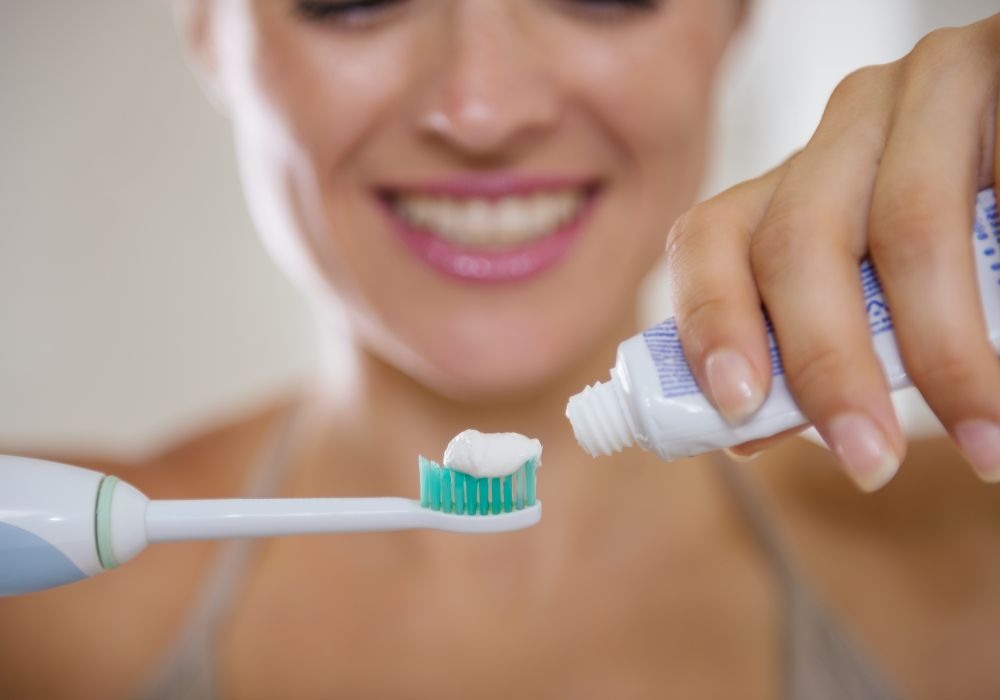
If your teeth have become more yellow over time, whether just slightly or severely, there are a number of effective options to whiten them again and brighten your smile. Here are the main methods and products for whitening yellowed teeth:
At-home whitening treatments
Whitening Toothpastes
The easiest whitening solution involves switching to a toothpaste designed specifically for whitening. These contain more abrasive ingredients like silica, hydrated silica, calcium carbonate, or peroxides that act as polishers to scrub away surface stains on enamel.
Whitening toothpastes typically will lighten the shade of teeth slightly, equivalent to about 1-2 shades on the dental whitening shade guide. They work best on mild surface stains. Results tend to be gradual over weeks of regular twice daily brushing. Brands to look for include Crest 3D White, Colgate Optic White, Arm & Hammer Advance White, Sensodyne Pronamel, and Tom’s of Maine Simply White.
Whitening Rinses and Mouthwashes
Whitening mouthwashes produce similar mild lightening of teeth to whitening toothpastes. Most contain either hydrogen peroxide or carbamide peroxide as an active bleaching ingredient. Swishing the rinse around teeth for 60 seconds twice a day can lift some surface stains. Best applied after brushing.
Whitening Strips
Adhesive whitening strips you apply directly to your teeth are a popular teeth whitening product that can produce more dramatic results than pastes and rinses. Whitestrips are coated with peroxide gel to penetrate deeper into the pores of enamel and break up staining compounds.
Studies show whitening strips can lighten teeth up to 7 shades when used for 30 minutes twice a day for 2 weeks as directed. Brands like Crest Whitestrips and Go Smile have different peroxide concentrations ranging from 5.3% to 14% for levels of whitening from moderate to dramatic.
Whitening Gels with Custom Trays
For more concentrated whitening, gels with higher peroxide concentrations are applied using custom fit dental trays worn 1-2 hours per day or overnight while sleeping. A dental professional takes an impression of your teeth to make the custom trays, which enables close contact between the gel and tooth surfaces. The gels also contain ingredients to help adhesion to enamel.
Applied regularly for 1-2 weeks, whitening gels with custom trays can lighten teeth up to 8 shades or more. This is a popular whitening technique in dental offices. Popular brands are Opalescence and Nite White.
In-office whitening
For patients wanting dramatic whitening in the shortest time, in-office procedures performed by a dentist provide the most immediate results. The main in-office whitening technique is:
Professional Bleaching
This involves the dentist thoroughly isolating your teeth from lips and gums, then applying a high concentration hydrogen or carbamide peroxide lightening gel, 25-40%, directly to teeth. A specialized light or laser is shone on the teeth for several 15-20 minute intervals over 1-2 hours to accelerate and maximize results.
In just one 60-90 minute professional bleaching session, teeth can become up to 8 shades lighter. Some dentists recommend a second visit 1-4 weeks later for touch ups or further whitening. This intensive method produces the fastest whitening, but can cause moderate tooth sensitivity as a temporary side effect.
Natural home remedies for whitening teeth
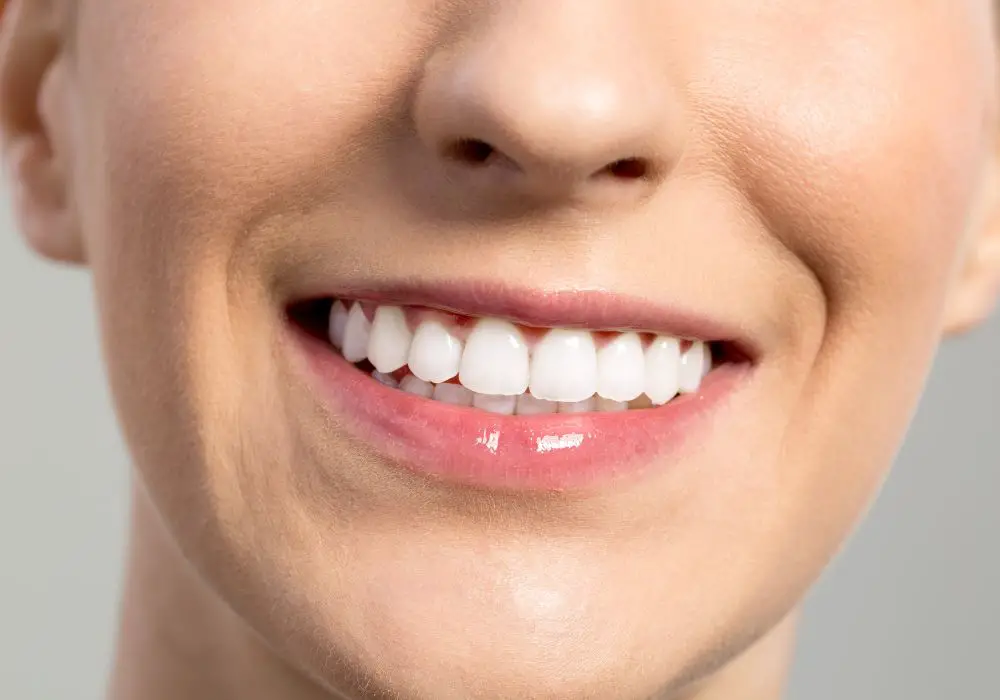
In addition to commercial whitening toothpastes, gels, and strips, there are also some natural ingredients you may have in your kitchen that can provide mild teeth whitening. These home remedies will not produce dramatic whitening, but may lighten teeth slightly:
- Baking soda – Make a thick paste with baking soda and water, then use a soft brush to gently rub paste onto teeth for 1-2 minutes. The baking soda acts as a mild abrasive to help scrub away surface stains. Rinse thoroughly after.
- Activated charcoal – Made from charring wood, coconut shells, or other natural source. Can be formulated into a paste with water or mixed with bentonite clay for a teeth whitening remedy. Has absorbent properties to pull stains from enamel. Rinse out thoroughly afterward.
- Apple cider vinegar – Soak a cotton ball in vinegar and rub onto stained teeth. Let sit for 1 minute before rinsing. The acetic acid in vinegar may help dissolve some stains. Use sparingly to avoid eroding enamel.
- Coconut oil pulling – Swish a tablespoon of melted coconut oil in mouth for 10-20 minutes, forcing it through teeth before spitting out. Has cleansing and antibacterial properties.
- Strawberries – Crush ripe strawberries into a paste and brush onto teeth. The fruit enzymes provide a mild whitening effect. Let sit briefly before rinsing clean.
- Lemon or orange peel – Zest the peel then rub inside of peel onto teeth. Citric acid may help lift stains. Rinse promptly as acidic.
- Hydrogen peroxide – Dilute with water and swish around mouth for 1 minute before spitting out. Peroxide acts as mild bleach. Rinse with plain water after.
- Salt and soda – Make paste with salt and baking soda. Use soft brush to scrub on teeth, then rinse. Abrasive effect may lift some discoloration.
However, while natural home remedies can provide a small degree of teeth lightening, they will not produce the same level of whitening that commercial products with peroxides or professional in-office bleaching can achieve for serious tooth discoloration.
How to keep teeth white after whitening
Successfully whitening your teeth takes effort, so you’ll want to take steps to preserve that bright new smile. Here are tips to maintain your gleaming white teeth after using whitening treatments:
- Brush twice daily for 2 minutes using whitening or stain-fighting toothpaste. Be sure to brush all tooth surfaces.
- Floss thoroughly once a day to remove plaque that causes stains in hard-to-reach areas between teeth.
- Use an electric toothbrush like Sonicare or Oral B that provides superior plaque removal compared to manual brushing.
- Rinse your mouth after consuming staining foods and drinks. Swish water to help wash away pigments that could stick to teeth.
- Chew sugarless gum to stimulate saliva flow which helps neutralize acids and wash away food particles that cause stains.
- Get professional cleanings every 6 months to keep stains at bay. Ask hygienist to use polishing paste for spot removal of discoloration.
- Apply touch-up whitening weekly or biweekly using strips, trays, or paste to nip any new stains in the bud before they intensify.
- Limit intake of staining foods and drinks like coffee, wine, berries, tomato sauce, curries. Drink dark liquids using a straw aimed away from teeth.
- Don’t smoke or use tobacco products which will quickly undo your whitening efforts with new stains.
- Drink lots of plain water daily to help rinse teeth free of staining materials.
- Avoid acidic foods that erode enamel, as thinning enamel means teeth yellow faster.
Staying diligent with oral hygiene, getting regular dental cleanings, and avoiding stain-causing substances will help prolong your whitened teeth. However, periodic re-whitening treatments are usually needed, as completely eliminating all stains over many years is unlikely. But re-whitening every 6 months or annually requires less drastic treatment than the original whitening efforts to maintain your bright smile for the long term.
Frequently Asked Questions
Q: How long do whitened teeth last?
A: Depending on your habits, teeth type, and whitening method used, whitening results may last from 6 months up to 3 years. More significant lifestyle staining factors can diminish whitening faster. Getting touch up whitening helps prolong a white smile.
Q: Is teeth whitening bad for your enamel?
A: When performed correctly, whitening does not damage healthy enamel. The amount of peroxide used in products is low enough not to harm teeth, though temporary sensitivity is possible. Overuse of peroxide can risk enamel damage, so follow directions.
Q: Do whitening toothpastes really work?
A: Whitening toothpastes do lighten teeth slightly by removing superficial surface stains through mild abrasion. But they cannot change intrinsic tooth color. Best on mild stains only. Peroxides work better for deeper yellowing.
Q: Is activated charcoal safe for teeth whitening?
A: Some concerns exist on its abrasiveness damaging enamel, but no studies confirm this yet. May provide mild whitening for surface stains. More research needed to establish effectiveness and safety.
Q: What causes yellow stains to reappear after whitening?
A: Over time teeth yellow naturally as enamel thins and microscopic stains accumulate in porous enamel again. Diet, smoking, plaque, thin enamel, and certain medications also re-introduce stains. Good oral hygiene and repeat whitening helps.
Conclusion
While our teeth yellow over time due to thin enamel and staining factors in our habits, diet, age, and medications, there are many effective remedies to reverse yellowing and regain a white smile. Home treatments like whitening pastes, gels, and strips can brighten mildly yellowed teeth several shades. For moderate to severe discoloration, professional whitening procedures give dramatic results that can last years with maintenance touch-ups.
Achieving visibly whiter teeth takes diligence through repeated whitening efforts and daily oral hygiene to address stains. But putting in the work yields an attractive smile you can feel confident showing off. Consult your dentist to discuss the whitening options suitable for your degree of yellowing, as even very yellowed teeth can return to a healthy white color with the appropriate treatments.


